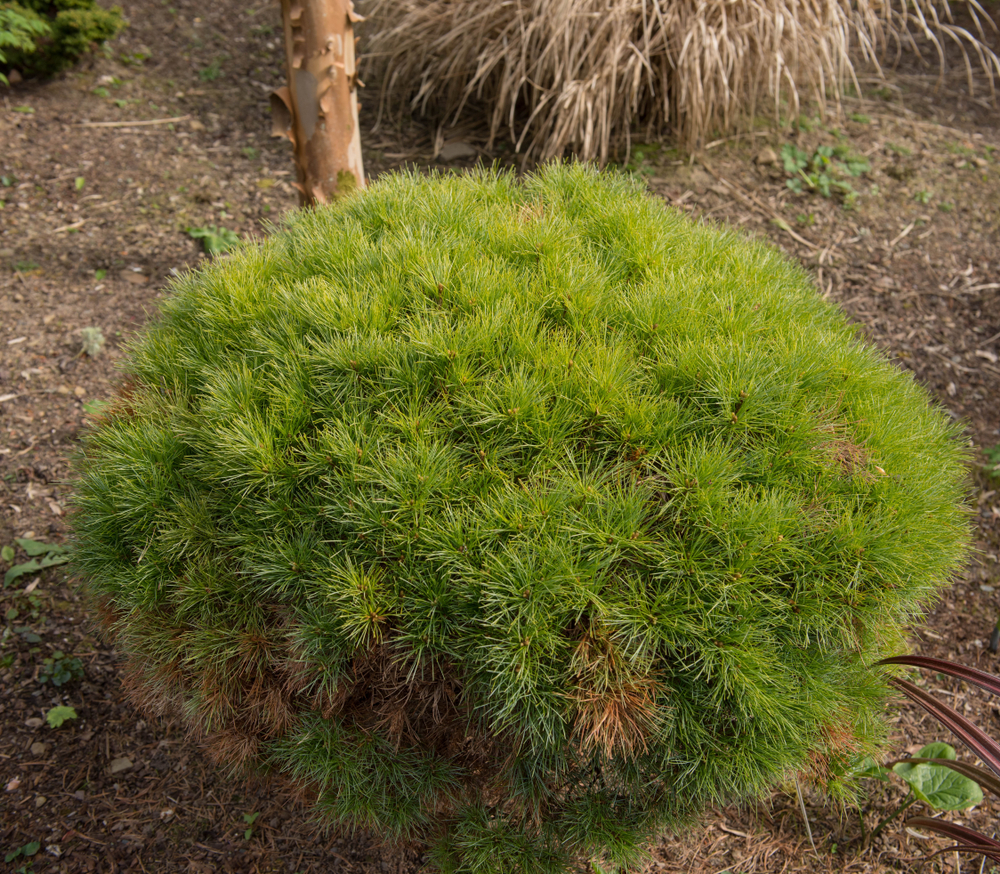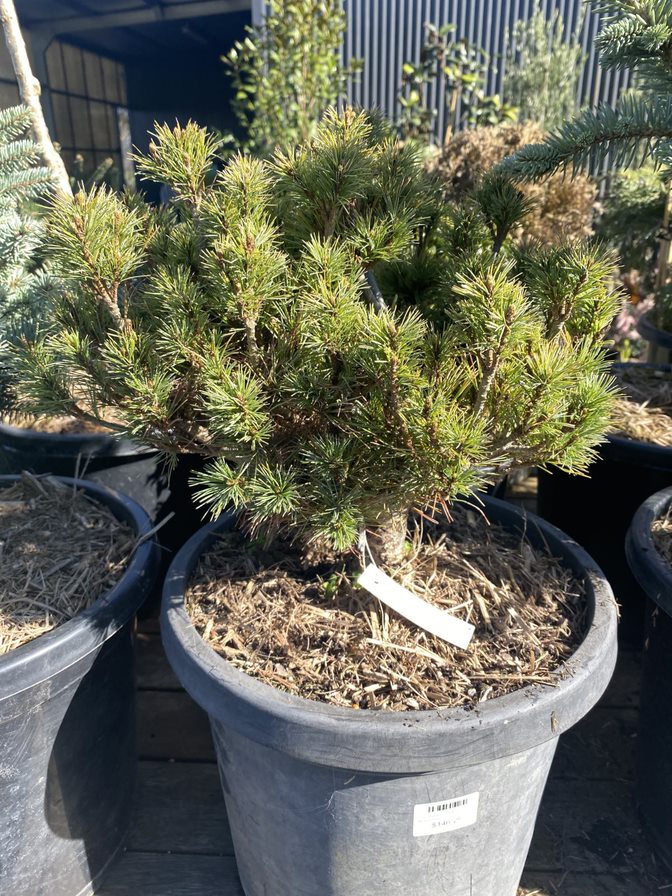Description
Pinus is a genus of evergreen trees in the family Pinaceae, which is native to the Northern Hemisphere, particularly in North America, Europe, and Asia. Here are some general features and horticultural notes on Pinus:
Physical Characteristics: Pinus trees have a conical or columnar shape, with a single trunk that can reach up to 80 meters in height. The bark is usually thick and scaly, and the branches are usually horizontal or slightly drooping. The needles are usually arranged in bundles of 2 to 5, and are attached to the branches by a sheath.
Climate and Soil Requirements: Pinus trees prefer a temperate to subtropical climate, with well-drained soils that are acidic and low in nutrients. They can tolerate a range of soil types, from sandy to clayey, but require adequate moisture.
Sunlight Requirements: Pinus trees prefer full sun, but can tolerate partial shade.
Size and Growth Rate: Pinus trees can vary in size, depending on the species. Some species are slow-growing, with a growth rate of around 10-20 centimetres per year, while others can grow up to 1 meter per year. Mature trees can reach up to 80 meters in height and 3 meters in diameter.
Pruning: Pinus trees do not require much pruning, but dead or damaged branches can be removed in late winter or early spring.
Watering: Pinus trees require regular watering, especially during dry periods.
Fertilizing: Pinus trees benefit from regular fertilizing with a balanced fertilizer in the spring and summer.
Propagation: Pinus trees can be propagated from seed or cuttings. Seeds should be collected in the fall and stratified for several weeks before planting.
Pests and Diseases: Pinus trees are relatively pest and disease resistant, but can be susceptible to various fungal diseases, such as pine wilt disease and Diplodia tip blight.
Uses: Pinus trees are commonly used as ornamental trees in parks and gardens due to their attractive shape and foliage. They are also used in forestry for their high-quality timber, which is used in construction, furniture-making, and other applications.



